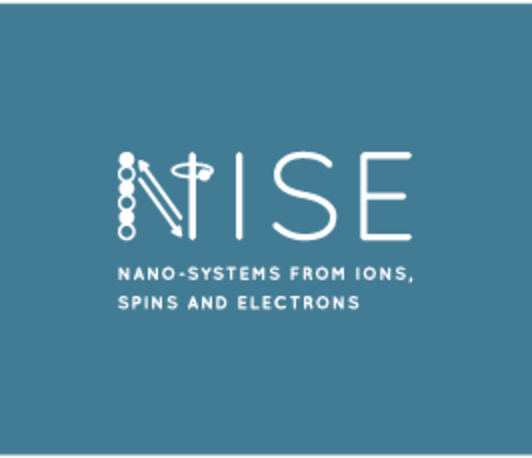Towards three dimensional nanomaterials and devices
NISE Seminar
- Datum: 25.07.2024
- Uhrzeit: 10:30 - 11:30
- Vortragender: Amalio Fernandez-Pacheco
- Institute of Applied Physics, TU Wien
- Ort: Max-Planck-Institut für Mikrostrukturphysik, Weinberg 2, 06120 Halle (Saale)
- Raum: Lecture Hall, B.1.11

The expansion of nanotechnology to three dimensions provides exciting opportunities to explore new physical phenomena and opens great prospects to create 3D devices for future computing technologies [1]. In this talk, I will present some of our recent works dedicated to the investigation of three dimensional artificial magnetic nanomaterials, including multilayered and complex-shaped geometries.
First, I will show results in synthetic antiferromagnetic multilayers, which indicate how chiral spin interactions can be established in between neighbouring ferromagnetic layers separated by a thin metallic interlayer [2]. This “interlayer DMI” interaction results in chiral exchange bias effect, and can be exploited as a tuneable symmetry-breaking effect for spintronic devices, and potentially to generate 3D chiral spin textures spanning across layers in multi-layered heterostructures. Recent results combining X-ray magnetic techniques [3] provide key information about the effect of interlayer DMI on the spin textures formed in these SAFs, including the possibility to form 360° domain wall rings [4], and spin states with well-defined overall scalar spin chirality.
The second part of the talk will provide an overview of the new methods we have developed to study 3D magnetic systems. This includes advanced patterning via focused-electron-beam-based 3D printing [5], k-resolved magneto-optical Kerr effect techniques [6, 7] and X-ray vector magnetic tomography [3]. Thanks to these advances, we have studied new effects such as the creation of localized spin textures, topological defects and stray fields in strongly interacting nanowire systems [8-10], and the automotive motion of domain walls in 3D domain wall circuits [11].
Acknowledgements
I would like to thank all my group members and collaborators contributing to the work I will be presenting. This work is supported by the European Community under the Horizon 2020 Program, Contract No. 101001290 (3DNANOMAG).
References
- A. Fernández-Pacheco et al, Nature Comm. 8, 1 (2017).
- A. Fernández-Pacheco et al, Nature Mater. 18, 679 (2019).
- M.A. Cascales-Sandoval et al, J. Synch. Rad. 31 (2024).
- M.A. Cascales-Sandoval et al, Appl. Phys. Lett. 123 172407 (2023)
- L. Skoric et al, Nano Letters 20, 184 (2020).
- D. Sanz-Hernández et al, J. Appl. Phys. 133, 043901 (2023).
- M.A. Cascales-Sandoval Phys. Rev. B 107, 174420 (2023)
- D. Sanz-Hernández et al, ACS Nano 14, 8084 (2020).
- C. Donnelly et al, Nature Nanotechnol. 17, 136 (2022).
- J. Fullerton et al, Nanotechnology 34 125301 (2023).
- L. Skoric et al, ACS Nano 16, 8860 (2022).

